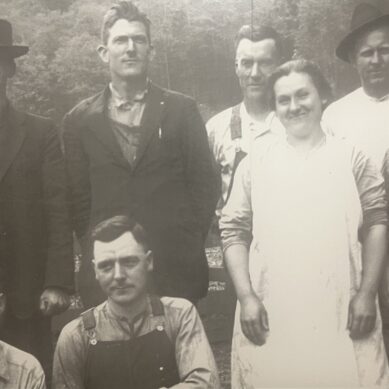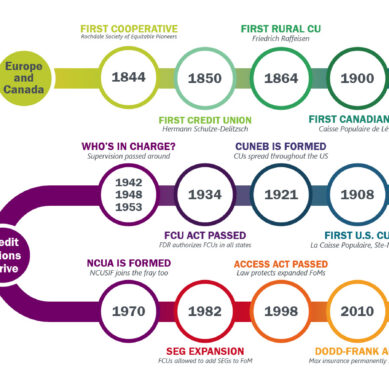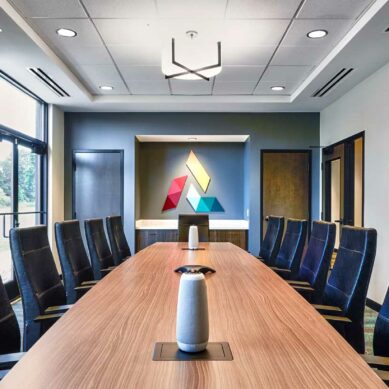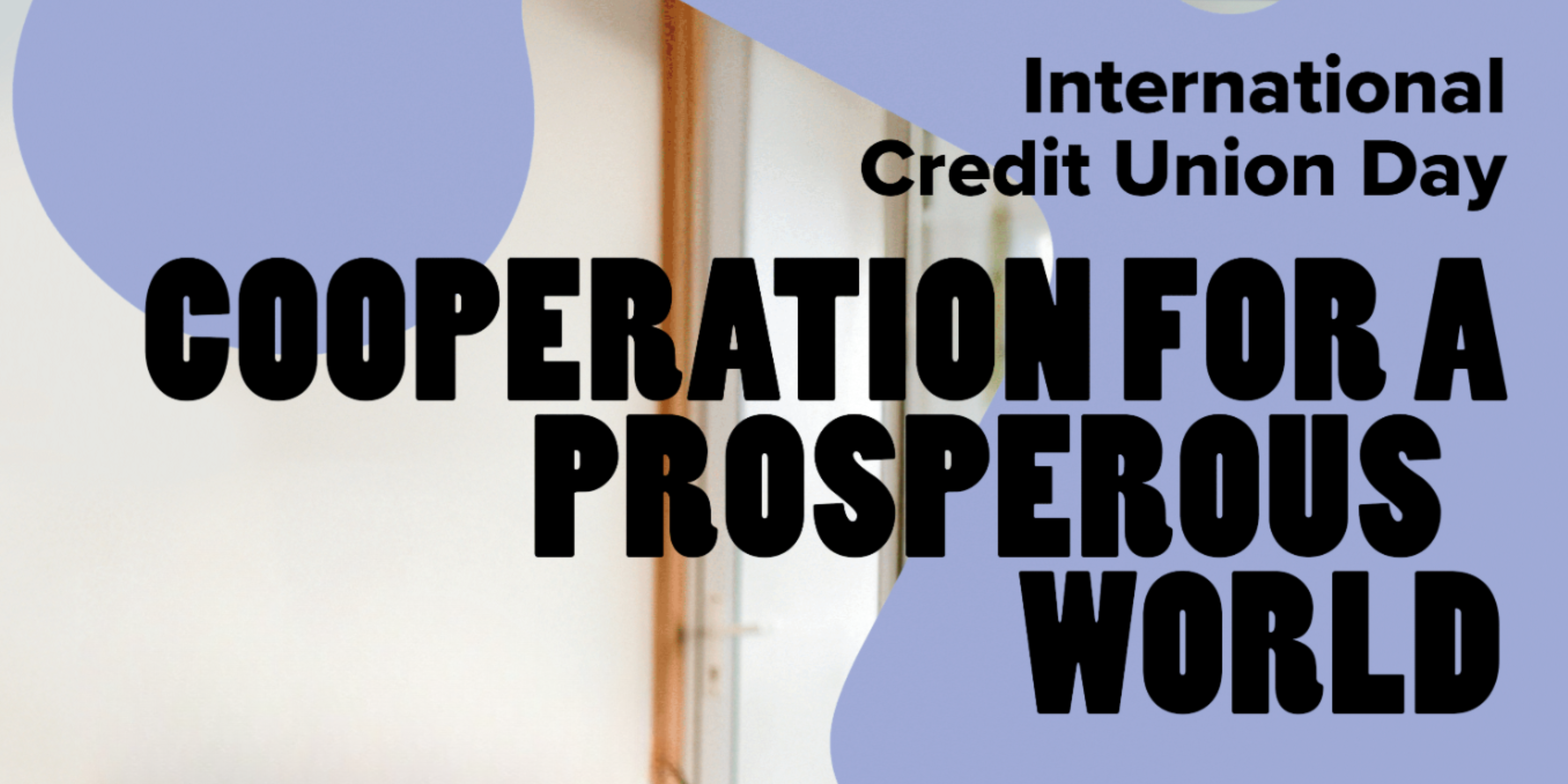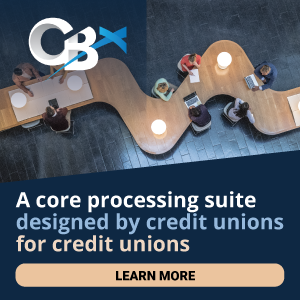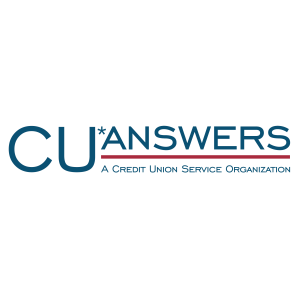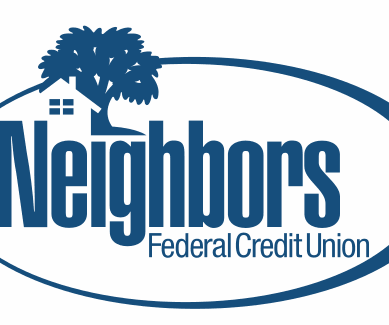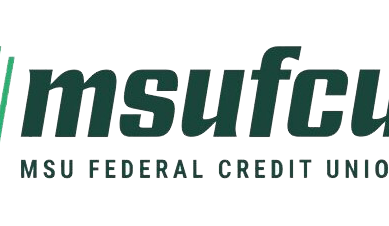Since 2020, our work world has changed drastically. We have gone from a work environment where almost everyone was in the office to everyone wanting remote work, and now we are finding a balance. Employees are more than ever looking at their work environment as a deciding factor for what job opportunities they want to consider. While credit unions may have a leg up here as they are rooted in people-first principles with a strong emphasis on trust, service, and community, it is essential that continued effort is taken to translate these values into employee-friendly programs for the workplace.
Top ten tips
So, what does that really mean? Here is my top ten list of things a credit union can do to expand its values into the workplace.
Empowerment and autonomy
Micromanagement never wins; let employees show you what they are capable of doing. You need to give your staff the freedom to try things and fail or succeed on their own. Give them support and the resources they need to do the task, but don’t watch over their shoulder the whole time. Set a plan for them to provide you with updates on the project so that you feel more in the know without having to be there every step of the way. The key is setting clear expectations of what the final project or task should look like. How they get there should be all on them. But remember, there is often more than one way to do it, and your way may not be the way they use to tackle the project or task, and that is OK.
Fail faster mentality
Employees are human; let them make mistakes, but in doing so, help them learn from the mistakes without punishment. I often tell my team, I know you will make lots of mistakes, it is what you do after the mistake that counts. Did you learn from it? Did you own the mistake? Did you use the mistake to improve a process for yourself and/or others? Did you keep making the same mistake? Your job is to make sure that they understand where they went off the rails, to help them do an after-action review, and help them create a plan for how they will move positively forward after the fact.
Open-door policy
Not just lip service, really encourage staff to come and share their thoughts and ideas. Make sure this is at every level of your management team. Employees may share lots of thoughts, problems, or complaints; your job is not to solve them, but to help them solve themselves. Sometimes employees just need to be heard. Sometimes they need to understand why something is happening. Sometimes they just want to argue or complain. Whatever the reason or situation, remember to actively listen to them, to help guide them to their own solution, and to let them know it is ok if we don’t agree, that you still value them.
Company transparency
Share the vision, values, and goals of your organization. Trust employees to help you reach your goals by giving them a piece of their own to complete. Getting staff buy-in to the goals is critical. It helps keep the entire organization aligned and ensures they
Create policies that support work-life balance. This may mean offering remote work… or it may mean offering flexible schedules like four 10-hour days. Get creative. If we learned nothing else from COVID, it is that we all have to think outside the box once in a while and stop doing things the way we have always done them.
Act as a role model
If you want great service from your staff, you have to first offer great service to them. This should be a “Do as I do” situation. Being a role model means doing the right thing, not always the easy thing. It means being honest and yet positive. It means jumping in to lend a hand when things get tough. It doesn’t mean taking over a project or task when you do jump in for help. Follow the golden rule, “do unto others as you would have them do unto you.”
Career development
Show your staff a path for them in the future. Today’s workforce is eager to get ahead. Offer training, coaching, or mentorships to help them reach their personal goals. Listen to their interests and help them see opportunities throughout your organization. While it can be painful as a manager for someone to leave our team, it is even more painful to lose a great employee from the entire organization. Remember that there may be opportunities in other areas of the company where your employee could be a rock star, and that would help them further their career. Help them achieve that success, no matter where.
Community
If you want staff to be good at building communities, you have to make sure that all the internal silos are torn down, as community starts internally. Never forget or let your staff forget that, as a company, we are all on the same team and all working towards the goal. Sometimes we have to give more than we get, but in the end, we all win.
Celebrate
Whether it is a work anniversary, a birthday, or a major life event, celebrate your staff. These small things bring people together and help them develop an internal community.
Encourage employee resource groups
Credit union people are passionate. They have lots of different ideas for how to form or serve our community and the drive to get them done. A value and mission-driven credit union will encourage its employees to build on those ideas and support them in bringing those ideas to fruition.
Know your mission and your people
The truth is that there is no perfect recipe that will build the perfect workforce. But by working on these ten factors, you can create a positive workforce. One that people thrive in and genuinely enjoy being part of the community. These ten factors also help credit unions create a workplace that mirrors their people-first mission and not only supports but gets staff to engage throughout your organization.








